

The sankofa bird is first characterized by a very long neck, which reaches all the way to the back, holding in its beak an egg. It is interpreted that the egg held at the beak is symbolizing the forward historical process of the future. The physical position of the actual body of this mythical bird is represented in constant motion of a forward movement. The final telegraphed statement of the holistic meaning of the sankofa bird is saying that without reclaiming the past, the future cannot be forged.
Black people, more than any race in the world, are miseducated to think that they can go forward without referencing the past and that is the all-time tragedy. All human beings all over the world utilize the power of their historical experience to forge towards the future. However, in the most unnatural way, both on the Continent and in the Diaspora, we were made to feel ashamed of these vital historical experiences, including that of slavery. Personally, in the process of my journey, I discovered the glorious history of the Diaspora Africans to be a very powerful spiritual energy of resistance.”
“The sankofa bird is first characterized by a very long neck, which reaches all the way to the back, holding in its beak an egg. It is interpreted that the egg held at the beak is symbolizing the forward historical process of the future. The physical position of the actual body of this mythical bird is represented in constant motion of a forward movement. The final telegraphed statement of the holistic meaning of the sankofa bird is saying that without reclaiming the past, the future cannot be forged.
Black people, more than any race in the world, are miseducated to think that they can go forward without referencing the past and that is the all-time tragedy. All human beings all over the world utilize the power of their historical experience to forge towards the future. However, in the most unnatural way, both on the Continent and in the Diaspora, we were made to feel ashamed of these vital historical experiences, including that of slavery. Personally, in the process of my journey, I discovered the glorious history of the Diaspora Africans to be a very powerful spiritual energy of resistance.”
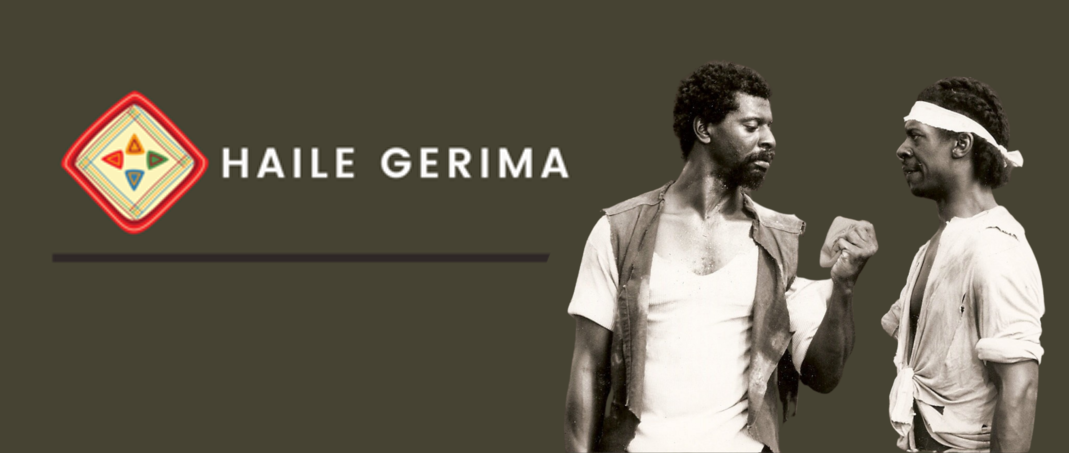
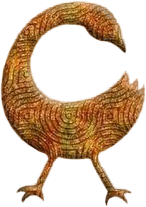 Taking viewers on a journey back in time, the film SANKOFA, written and directed by Ethiopian-born filmmaker Haile Gerima, tells the story of an African American fashion model named Mona who goes on a spiritual journey of resistance to confront her past. Often seen in the form of an Adinkra symbol of a bird with its head turned backward, the word “sankofa” comes from the Akan people of Ghana and translates to “go back to our past in order to go forward.” Gerima uses this symbolic title to encourage viewers to search for the good in the past and bring those learnings forward into the future.
Taking viewers on a journey back in time, the film SANKOFA, written and directed by Ethiopian-born filmmaker Haile Gerima, tells the story of an African American fashion model named Mona who goes on a spiritual journey of resistance to confront her past. Often seen in the form of an Adinkra symbol of a bird with its head turned backward, the word “sankofa” comes from the Akan people of Ghana and translates to “go back to our past in order to go forward.” Gerima uses this symbolic title to encourage viewers to search for the good in the past and bring those learnings forward into the future.
Gerima introduces Mona as a model posing for sultry photos in front of Elmina Slave Castle on the coast of Ghana, without any awareness of the depth of the historical tragedy that took place there. An angry encounter with a local griot called Sankofa sends her on a transcendental journey back through time where she emerges as Shola, an enslaved woman on a plantation somewhere in the Americas. Mona, now Shola, is faced with the choice of continued abuse or fighting back.
“While I was in Ghana researching for SANKOFA,” says Gerima, “I gained an understanding of ‘kra,’ and in the Akan language, kra means spirit. The philosophical departing point of the film SANKOFA is one of forward motion, atonement and in the case of Mona/Shola, revenge. I embraced the idea that a being may never settle with the ancestors while hosting a destabilized spirit that has not been amended or atoned or revenged upon. The kra is the spirit. The sankofa bird is the vessel of the journey. Mona/Shola has desecrated sacred ground in the opening scene and during her journey is revenging something that is disfiguring her.”
At the time of its release, SANKOFA was the first motion picture directed by a person of color to center an enslaved African American’s journey in a feature film. “But to be clear,” says Gerima, “SANKOFA is not a film about slavery, it is a movie about resistance.”
Independently released in 1993, SANKOFA received glowing reviews while in competition at the Berlin Film Festival. “Haile Gerima’s poetic and precisely detailed film takes its audience into its heroine’s life and mind as her moral sense is challenged and changed,” said the New York Times. “No viewer can avoid the discomforting questions the film so eloquently raises.”
Distribution of the film in theaters, however, proved a much harder task.
Prior to the release of SANKOFA, Gerima had already set out on his own journey — one that included becoming an exhibitor and distributor of independent Black films, side by side with his wife Shirikiana Gerima. With the help of the grassroots community, they sustained two years of theatrical distribution for the film. Their desire to see collective success among Black filmmakers has motivated them to create independent cinema for decades.
“When you don’t work together you can’t emerge as a force,” Gerima states. “It becomes what some call a ‘lonely struggle’ and individual self-destruction.”
“It’s our task to find whatever budget we have to make movies, because the more we make movies, the more we release our people from a psychologically incarcerating historical legacy,” Gerima continues. “It’s nobody else’s business but ours to do it. The more we do it, the more we heal ourselves.”
 Taking viewers on a journey back in time, the film SANKOFA, written and directed by Ethiopian-born filmmaker Haile Gerima, tells the story of an African American fashion model named Mona who goes on a spiritual journey of resistance to confront her past. Often seen in the form of an Adinkra symbol of a bird with its head turned backward, the word “sankofa” comes from the Akan people of Ghana and translates to “go back to our past in order to go forward.” Gerima uses this symbolic title to encourage viewers to search for the good in the past and bring those learnings forward into the future.
Taking viewers on a journey back in time, the film SANKOFA, written and directed by Ethiopian-born filmmaker Haile Gerima, tells the story of an African American fashion model named Mona who goes on a spiritual journey of resistance to confront her past. Often seen in the form of an Adinkra symbol of a bird with its head turned backward, the word “sankofa” comes from the Akan people of Ghana and translates to “go back to our past in order to go forward.” Gerima uses this symbolic title to encourage viewers to search for the good in the past and bring those learnings forward into the future.
Gerima introduces Mona as a model posing for sultry photos in front of Elmina Slave Castle on the coast of Ghana, without any awareness of the depth of the historical tragedy that took place there. An angry encounter with a local griot called Sankofa sends her on a transcendental journey back through time where she emerges as Shola, an enslaved woman on a plantation somewhere in the Americas. Mona, now Shola, is faced with the choice of continued abuse or fighting back.
“While I was in Ghana researching for SANKOFA,” says Gerima, “I gained an understanding of ‘kra,’ and in the Akan language, kra means spirit. The philosophical departing point of the film SANKOFA is one of forward motion, atonement and in the case of Mona/Shola, revenge. I embraced the idea that a being may never settle with the ancestors while hosting a destabilized spirit that has not been amended or atoned or revenged upon. The kra is the spirit. The sankofa bird is the vessel of the journey. Mona/Shola has desecrated sacred ground in the opening scene and during her journey is revenging something that is disfiguring her.”
“Just as jazz is a resistance music, SANKOFA is a resistance film,” Gerima reminds viewers. “The journey, which is the sankofa bird for me, shows one foot is always in front and the other behind. It speaks to motion, an African ideal of didactic motion, forward motion. Yes the word sankofa means to return and get, but not returning to Africa to mythologize Africa. You claim what you want; you leave the rest behind to go forward. There are many things I don’t want to retrieve from Africa, myself being from there. Our killing each other? I don’t want to retrieve it. Enslaving each other? I don’t want to retrieve that. The demons of our psyche? I don’t want to retrieve that either. Enslaved Africans did not arrive on new shores empty-headed. Like the sankofa bird, those who survived knew how to generate their own nourishment and their forward movement allowed them to do something specific.”
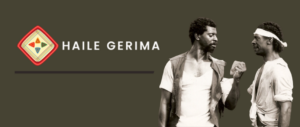
At the time of its release, SANKOFA was the first motion picture directed by a person of color to center an enslaved African American’s journey in a feature film. “But to be clear,” says Gerima, “SANKOFA is not a film about slavery, it is a movie about resistance.”
Independently released in 1993, SANKOFA received glowing reviews while in competition at the Berlin Film Festival. “Haile Gerima’s poetic and precisely detailed film takes its audience into its heroine’s life and mind as her moral sense is challenged and changed,” said the New York Times. “No viewer can avoid the discomforting questions the film so eloquently raises.”
Distribution of the film in theaters, however, proved a much harder task.
Prior to the release of SANKOFA, Gerima had already set out on his own journey — one that included becoming an exhibitor and distributor of independent Black films, side by side with his wife Shirikiana Gerima. With the help of the grassroots community, they sustained two years of theatrical distribution for the film. Their desire to see collective success among Black filmmakers has motivated them to create independent cinema for decades.
“When you don’t work together you can’t emerge as a force,” Gerima states. “It becomes what some call a ‘lonely struggle’ and individual self-destruction.”
“It’s our task to find whatever budget we have to make movies, because the more we make movies, the more we release our people from a psychologically incarcerating historical legacy,” Gerima continues. “It’s nobody else’s business but ours to do it. The more we do it, the more we heal ourselves.”
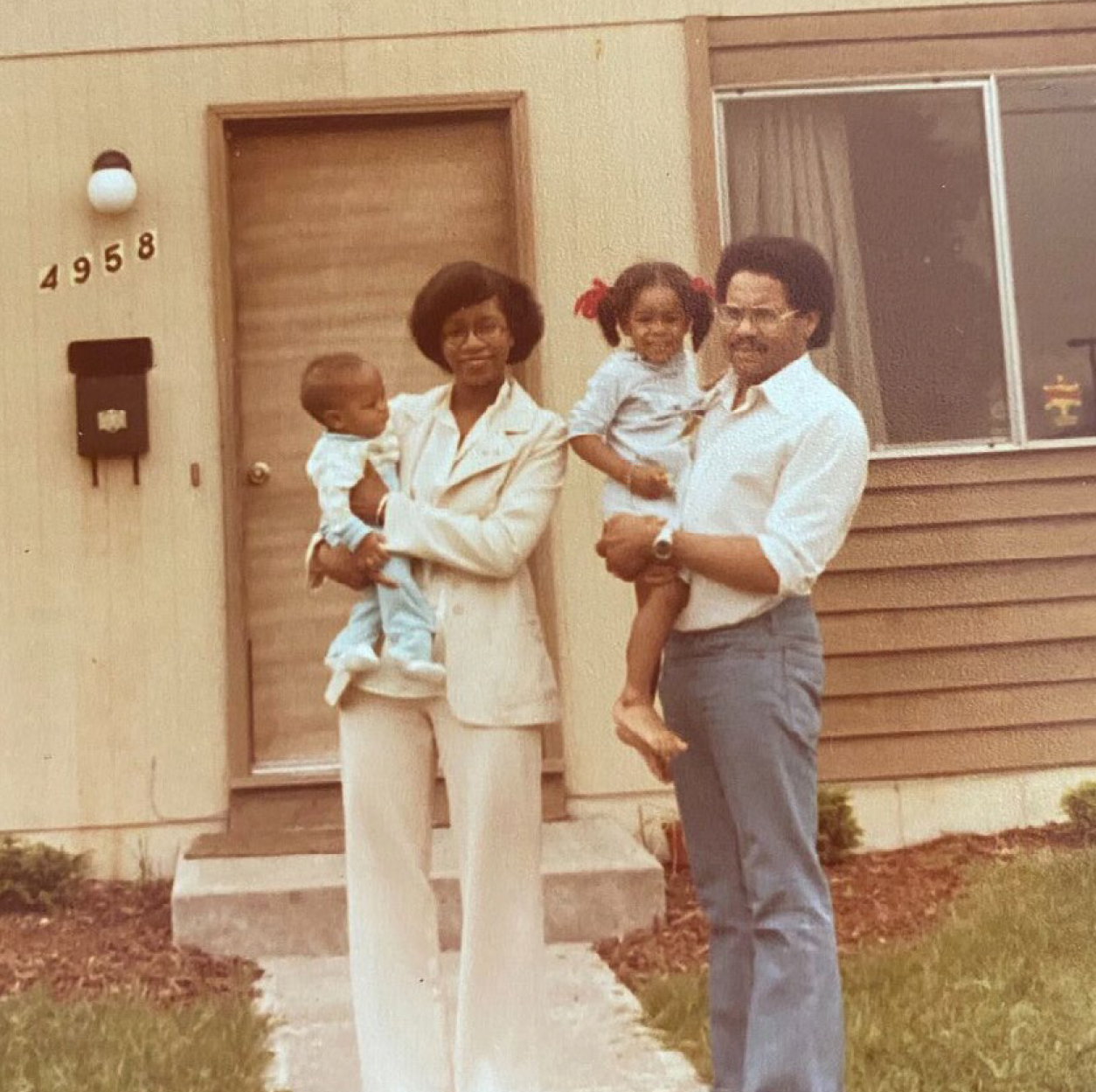
Using this Companion
This learning companion has been developed to deepen the conversation and inspire personal action after viewing the feature film SANKOFA. During their SANKOFA journey, learners will study the history of their families and communities to understand how their individual and collective past impacts their daily lives.
Every person has a history, a family, a name and a community. A participant’s ‘return’ could be one generation back, to a recent city of origin to gain a deeper understanding of a place, or many generations back, to a forgotten country of origin to better understand their past.
- The word “sankofa” translated means: return (san), go (ko), and seek/take (fa).
- During your sankofa journey you are urged to return to your roots to seek knowledge; go to your community and share the wisdom you’ve acquired; and take action, in the form of resistance, to make an impact in the world.
- Filmatic themes
- Objectives
- Essential questions
- Classroom activities
- Resources for self-reflection and deeper learning
- Explore the themes of community, reclamation and resistance
- Take action to change themselves, institutions and systems based on your learnings
Key Vocabulary
COMMUNITY: Community has been defined as a group of people who share something in common. For the purposes of this learning companion, we will approach the definition of community as both a descriptive category of shared attributes (ex. geographic location, gender, ethnicity and belief systems) and as a value (ex. trust, shared history, sense of belonging).
RECLAMATION: The noun form of the verb “reclaim,” reclamation can be defined as the act of taking something back, performing an act of rescue or rehabilitating something that has been forgotten or dismissed.
RESISTANCE: Resistance is the refusal to be affected adversely by something, a refusal to accept or comply. In this learning companion, we explore various examples of resistance to oppressive systems that are often hidden or overlooked.
Curriculum Overview
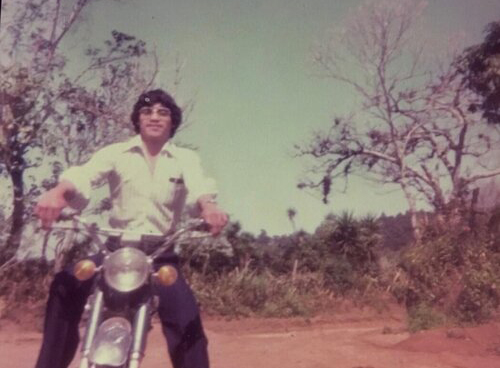
Lesson One
The theme is COMMUNITY.
Participants analyze historical narratives as both primary and secondary source documents and record the story of a family or community member, adding it to the public record online.
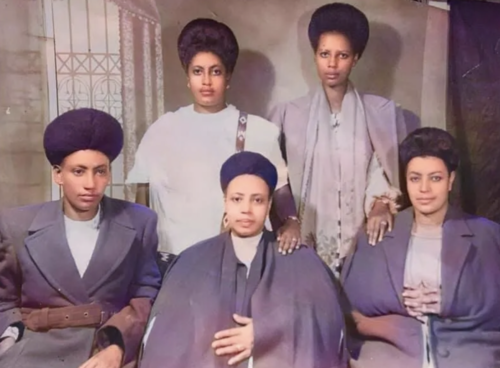
Lesson Two
The theme is RECLAMATION.
Participants will develop tangible research skills that can be used to learn more about their family or the place where they or their ancestors have lived.
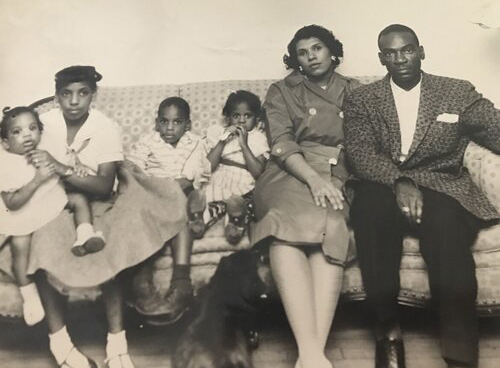
Lesson Three
The theme is RESISTANCE.
Students will learn how acts of resistance can take on many forms.
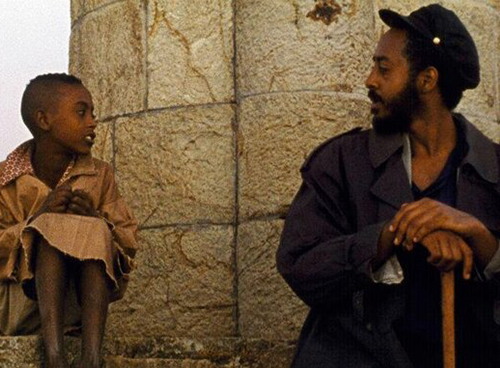
Lesson Four
The theme is LIBERATED TERRITORY.
In this lesson, learners will learn more about the work of Mr. Gerima and be encouraged to seek out their own liberated territory.

Lesson One
The theme is COMMUNITY.
Participants analyze historical narratives as both primary and secondary source documents and record the story of a family or community member, adding it to the public record online.

Lesson Two
The theme is RECLAMATION.
Participants will develop tangible research skills that can be used to learn more about their family or the place where they or their ancestors have lived.

Lesson Three
The theme is RESISTANCE.
Students will learn how acts of resistance can take on many forms.

Lesson Four
The theme is LIBERATED TERRITORY.
In this lesson, learners will learn more about the work of Mr. Gerima and be encouraged to seek out their own liberated territory.

Lesson One
Lesson one explores the power of storytelling.
The theme is COMMUNITY.
Participants analyze historical narratives as both primary and secondary source documents and record the story of a family or community member, adding it to the public record online.

Lesson Two
Lesson two helps learners build on the theme of community. Participants explore the idea of people and place while building a family tree.
The theme is RECLAMATION.
Participants will develop tangible research skills that can be used to learn more about their family or the place where they or their ancestors have lived.

Lesson Three
Lesson three asks the question, ‘how will you make sure the wisdom learned from the past is a part of the present?’
The theme is RESISTANCE.
Students will learn how acts of resistance can take on many forms.

Lesson Four
Lesson four introduces learners to the work of filmmaker Haile Gerima.
The theme is LIBERATED TERRITORY.
In this lesson, learners will learn more about the work of Mr. Gerima and be encouraged to seek out their own liberated territory.

